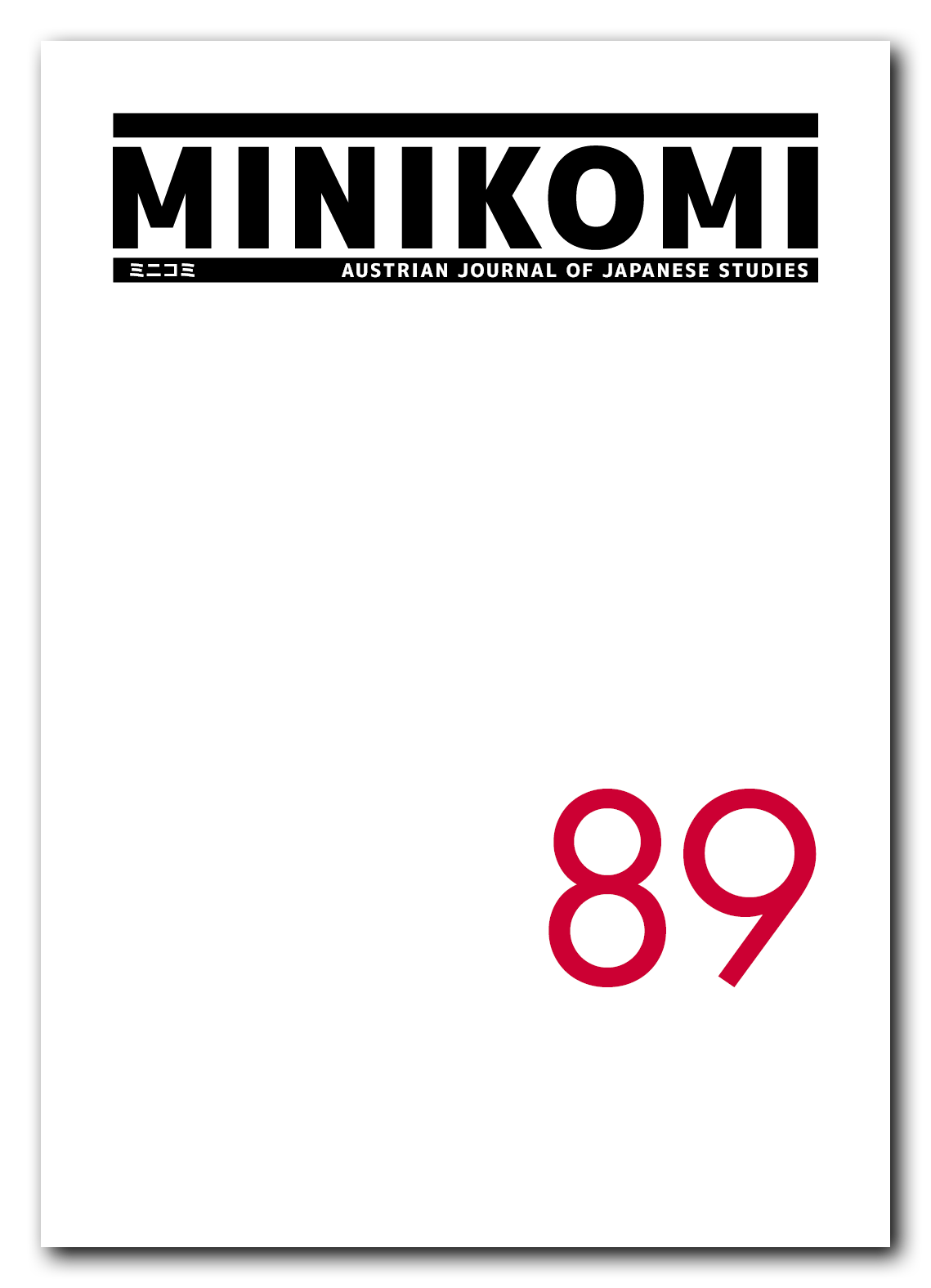Ken-Spielanleitungen 1771 bis 1997: Unbeachtete Quellen für Kultur-, Literatur-, Sozial- und Kunstgeschichte
DOI:
https://doi.org/10.25365/aaj-2022-89-02Schlagworte:
Edo period, drinking game, numbers-ken, sansukumi-ken, fox-ken, ken-sumō, jan-kenAbstract
Ken 拳 was the most popular game in Japan from the middle of the 18th to the middle of the 20th century. Originating in China and developing initially in the licensed quarters this drinking game soon transcended the boundaries of the red light districts and became popular among the whole population, young and old, men and women, commoners and samurai, either as numbers-ken (hon-ken, kazu-ken) or as sansukumi-ken (ken of the three who are afraid of one another), especially as fox-ken (kitsune-ken, Tōhachi-ken). The existence of six instruction books for the game published within the short time span of 85 years only during the late Edo period gives convincing proof of the game’s popularity. The author discusses these six books and four other ones from the 20th century and states that these instruction books may not only be consulted by ken players or researchers in the history of games, but their contents might be valuable also for researchers in literary, cultural, art and social history of Japan.










